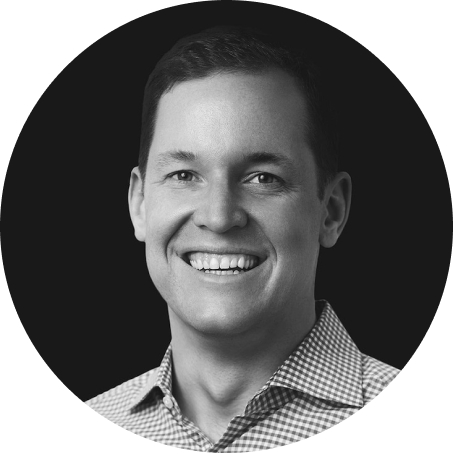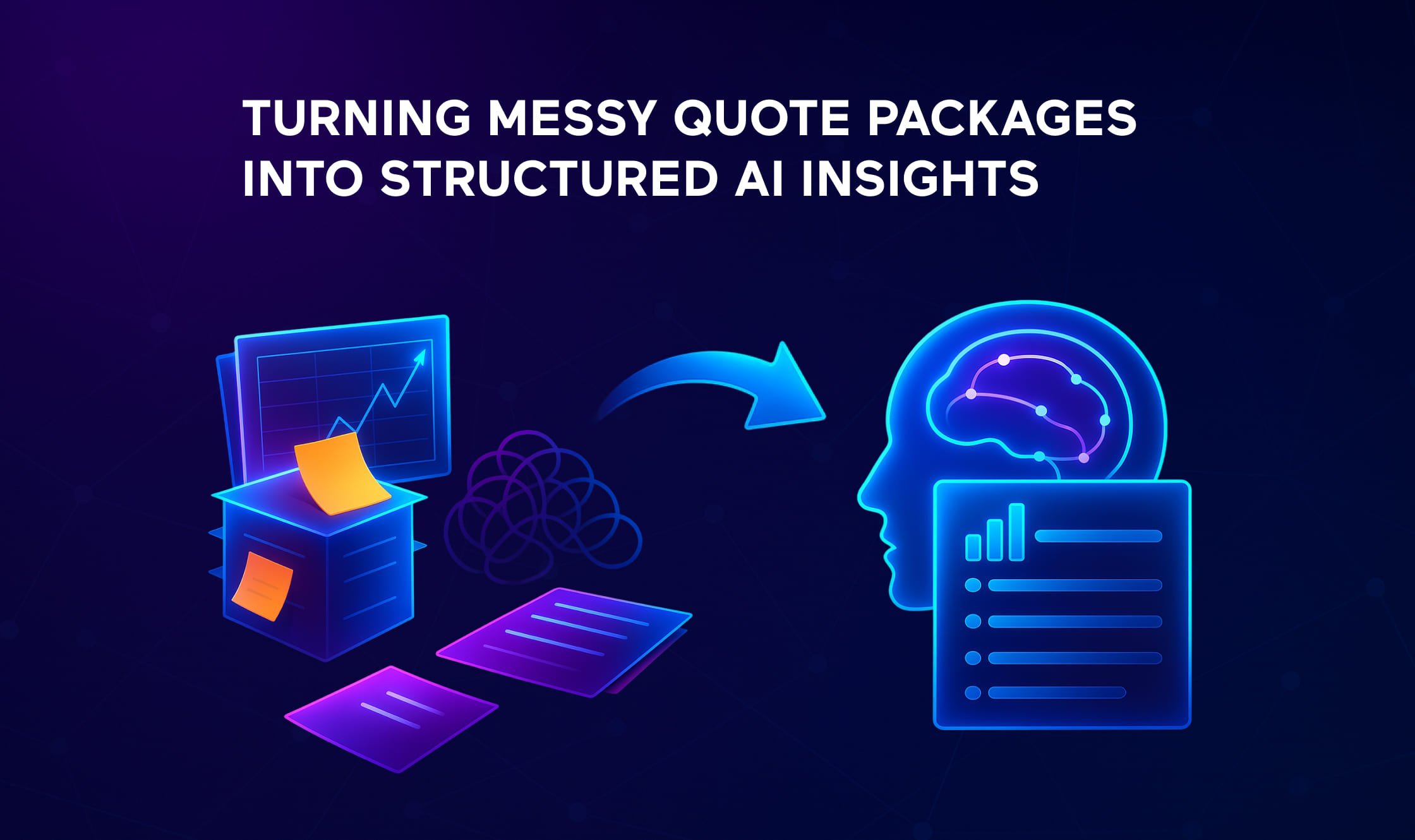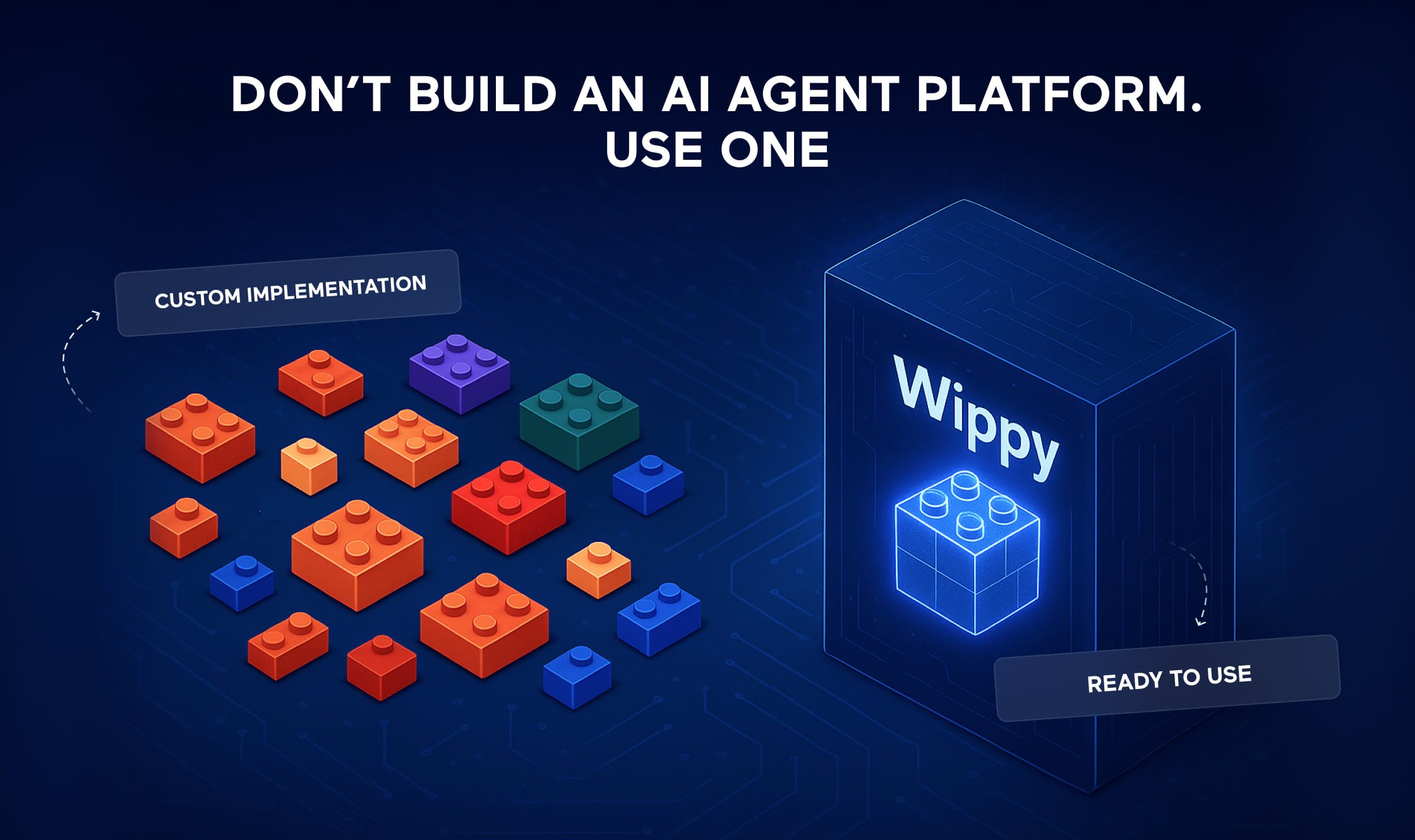Self-modifying AI code is reshaping the software development landscape. By leveraging AI agent automation, developers can create systems that understand and improve themselves, reducing manual effort and enhancing adaptability.
In the rapidly evolving software development landscape, a new paradigm is emerging – one that leverages artificial intelligence (AI) to fundamentally change how we write, maintain, and interact with code. This shift isn’t just about automating tasks or generating snippets; it’s about creating self-modifying software that can understand and improve itself.

Anton’s Leap into AI-Driven Development
Spiral Scout’s CTO and co-founder, Anton “JD” Titov, recently shared an experience that highlights the potential of this new approach. Anton was tasked with converting large legal documents into actionable checklists, a daunting task given the limitations of existing AI models. These models struggled to accurately extract document structures. Determined to overcome this challenge, Anton utilized more advanced AI models and an AI language model to generate a new library that seamlessly integrated with cloud systems. This solution, which took others a week to address, was resolved by Anton in under an hour, demonstrating the power of self-building software backends.
The New Paradigm: Self-Modifying Software
What Anton experienced is more than a clever workaround; it’s a glimpse into the future of software development. By using self-modifying AI models within a flexible runtime environment, developers can create software that understands its structure and can modify itself accordingly. This approach allows for on-the-fly code generation and modification, enabling software to adapt without extensive rewrites or manual intervention.
Imagine a system where you can instruct the AI to “sort all the files” or “extract checklists from custom documents,” and it not only understands the request but generates the necessary functions to accomplish the task. This isn’t science fiction; it’s the reality that Anton and his team are building.
Overcoming Traditional Mindsets
Despite the clear advantages, there’s resistance within the engineering community. Experienced developers often view AI-generated code with skepticism, concerned about reliability and performance. However, those with less traditional coding backgrounds are more receptive, embracing AI tools without preconceived notions.
The Benefits of AI-Driven Development
The benefits of self-modifying AI code are significant. By reducing manual effort and enhancing adaptability, developers can focus on more complex tasks, improving overall productivity. This approach also allows for more efficient bug fixes and updates, ensuring software remains up-to-date with minimal intervention. The ability to dynamically generate and modify code on demand reduces the risk of human error and increases the speed of deployment.
The Role of Runtime Environments
AI-powered runtime environments play a crucial role in this new paradigm. They provide the flexibility needed for self-modifying code to function effectively, enabling developers to write and modify code dynamically with AI assistance.
Building the Future Together
As the industry continues to evolve, embracing self-modifying AI code will be essential for staying competitive. By integrating AI consulting services, businesses can leverage this technology to enhance their development processes and drive innovation. Collaboration between AI experts and development teams will be key to unlocking new potential and addressing the challenges of tomorrow.
Conclusion
Self-modifying AI code is setting a new standard in software development. By focusing on adaptability and efficiency, this approach empowers developers to harness the full potential of AI in their operations.



